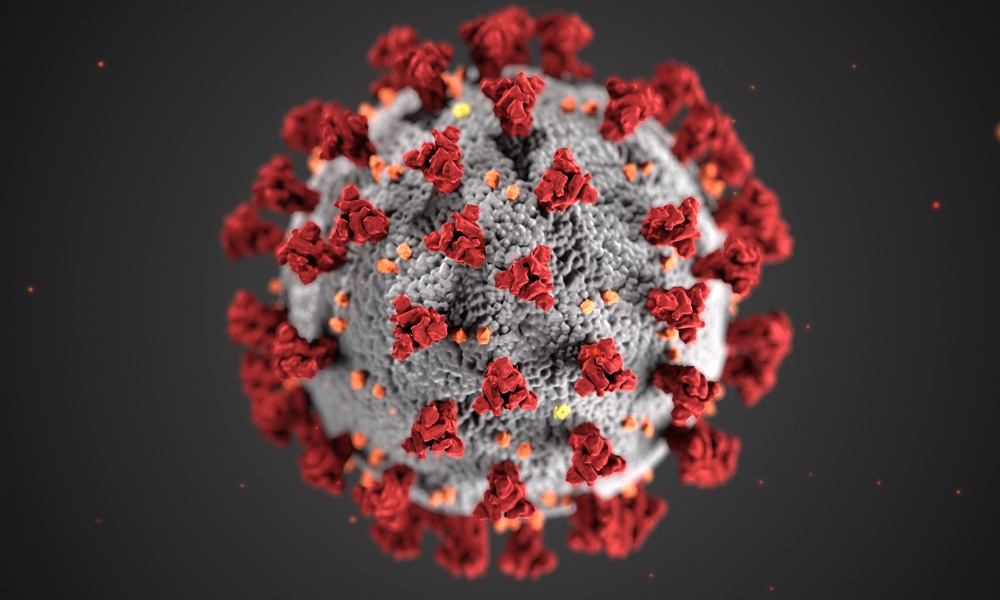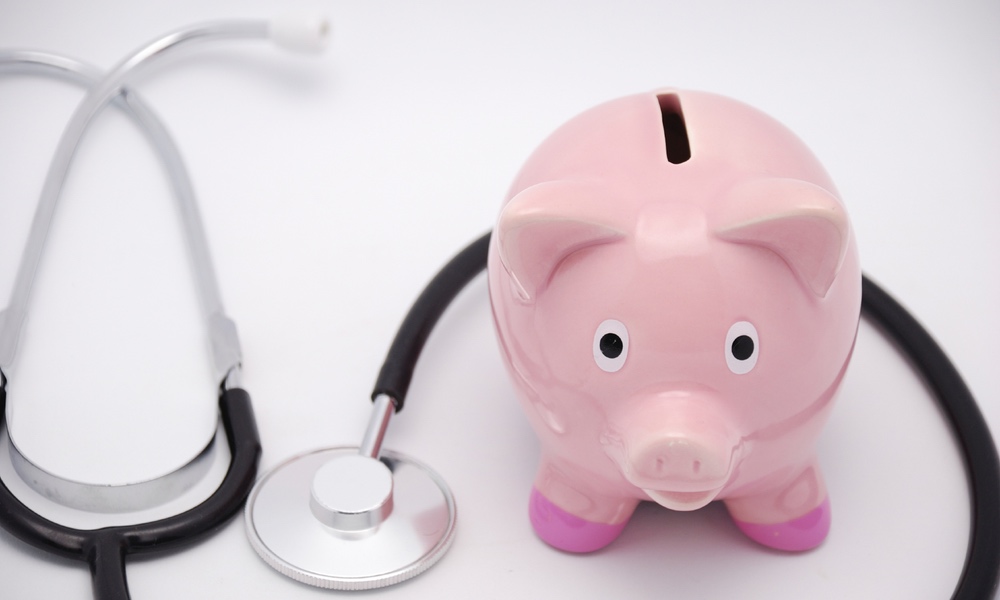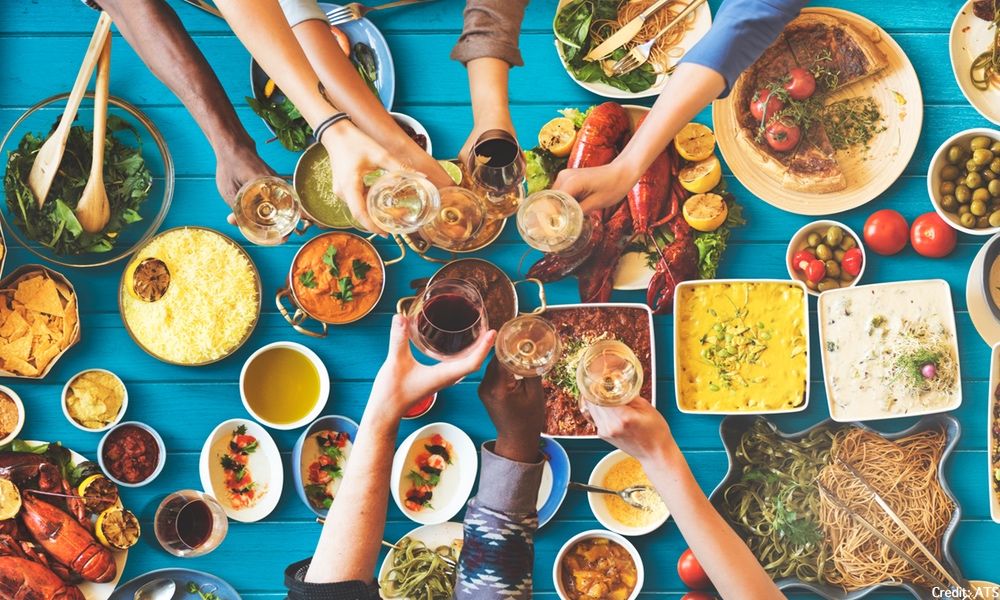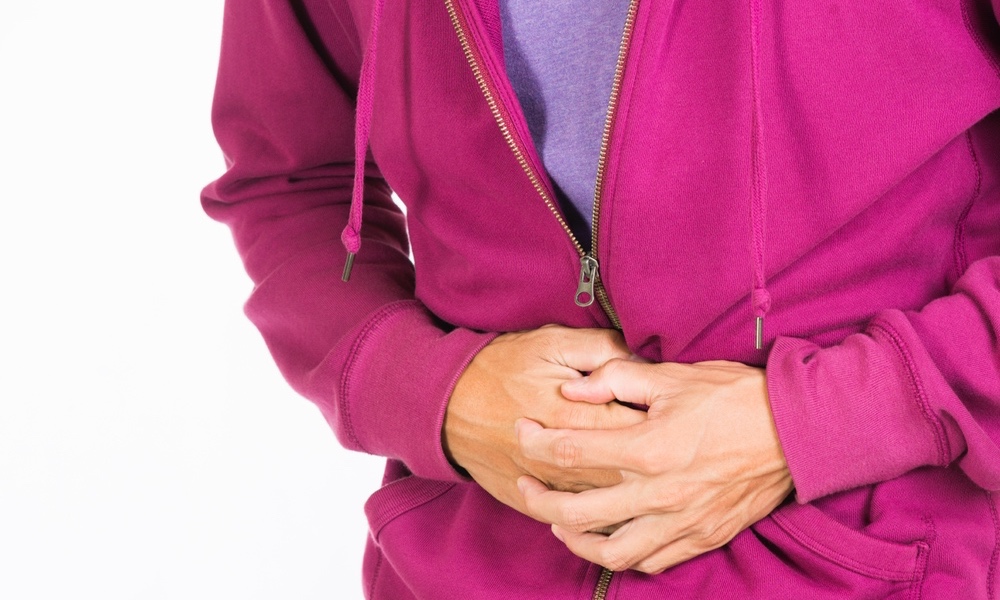Cell phone use in the United States is at nearly 100 percent, and smartphone usage is only slightly less common. So it’s no surprise that research during the COVID era would focus on mobility patterns traceable to our phones.
A team of scientists from Stanford has done just that, creating a computer model that accurately predicted the spread of COVID-19 in 10 cities this spring by tracking the anonymized cell phones of about 98 million people. The model examined three risk factors: where people go, how long they stay there and how many other people visit contemporaneously.
The model shows how capacity caps in places such as hotels, restaurants, gyms, places of worship and cafés could help strike a balance between maximizing revenue and minimizing infection risk, the researchers say. In states across America, throughout the course of the pandemic, politicians and scientists have often been at cross-purposes when it comes to reopenings.A minority of “superspreader” locations or events account for a majority of COVID-19 infections.
Other states, such as California, were initially leaders in reducing cases, but have since seen similar spikes. Their “tiers” never have allowed for more than 50 percent indoor dining and counties restrict density based on local data and guidance. San Francisco County, for example, recently shuttered indoor dining altogether despite the protests of cold outdoor patrons.
As the Stanford data show, the way we move with our phones proves that a minority of “superspreader” locations or events account for a majority of COVID-19 infections. The Stanford and Northwestern University researchers found that just 10 percent of a city’s locations account for an average of 80 percent of its infections.
The extent to which the density of population at a location — be it a park, house of worship or café — affects infection rate was indicated by the data. The study analyzed patterns from cities like Atlanta, New York City, Chicago and Washington D.C. “The places where most infections occur are sites where people are densely packed for long periods of time — restaurants, coffee shops and fitness centers,” explained Jure Leskovec, the Stanford computer scientist who led the study.Throughout the course of the pandemic, politicians and scientists have often been at cross-purposes when it comes to reopenings.
Long lines of the well-heeled waiting outside an organic foods establishment clash with the experience of the dollar shopper rushing to work as a grocery store clerk.
This economic insight is useful because it somewhat contradicts the assumption that lower-income and minority individuals’ higher infection rates are linked to pre-existing conditions.
“One thing that was quite novel was to find the extent to which mobility data can encode disparities …” lead researcher, Serina Yongchen Chang, told TheDoctor. “[T]he model is able to predict in all 10 metropolitan locations that lower-income areas and less-White areas are getting infected [more].”
By doing things like capping maximum visits at places like restaurants by 50 percent of occupancy, Chang says the economy will lose five to 10 percent of customer visits, but reduce the number of infections by over 50 percent.
The study is published in Nature.





